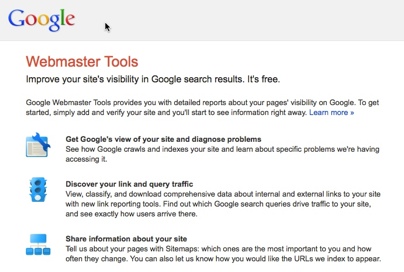Negative link alert for pet websites

The other day, David Beart from PetYak.com alerted me to a growing problem where bad links are seriously hurting pet websites with poor rankings and traffic in Google, Bing and other search engines. He said, “I found out the hard way that my website had 54,000 bogus links pointing to it, and I got penalized. Several hacked sites from Russia and Poland, and from.info and .net sites using cloaking, are hitting all types of verticals (including the pet industry).”
But before I explain bad links, let’s back up a bit.
Google is always trying to give searchers the best possible results. Throughout each year, Google updates their search algorithms (formulas) to clamp down on entities trying to hack the system.
Google’s latest update, Penguin 2.0, is clamping down on bogus inbound links/negative SEO. QUALITY inbound links from legitimate websites/companies… especially links to internal pages of your website, using anchor text such as “See their complete selection of dog treats” (not a real ink) — are fine. However, hackers are flooding unsuspecting pet websites (and other industry websites) with bogus text links from “fake” referral pages, and Google sees those links as “unnatural.”
When this happens, Google can slap your site with a penalty, which can kill its traffic. This is something you need to know about and address with your pet website now. Here’s how.
Start by checking your Google Webmaster Tools account. (Gmail account login required.)

If you have bad links pointing to your site, there should be a warning in your account. David Beart told me, “You have to know who is linking to your website and figure out how to get it stopped.”
I asked my SEO mentor Heather Lloyd Martin about this, and she said, “A monthly Webmaster Tools look-see is a good check-in no matter what. It’s like going to the doctor for our annual appointment. We don’t expect to hear bad news — but if we do, we know we’ve caught it early.”
She also suggests that if you see bad links, you can disavow the links and file a reconsideration report (if needed.) That’s easier than having to contact every site and beg for them to take down the link… which probably won’t happen, especially if it’s a bogus source to begin with.
She also said, “Once Google figures it out (and they will), this problem will go away. So, it’s probably a short-term issue.”
David’s mission is to spread the word to all pet companies. That’s why he contacted me.
He said, “The bottom line is, someone out there is using negative SEO to bring down popular sites in the pet industry. For many, negative SEO can be the death of the site and possibly the business.”
If you have any questions about the information David uncovered, feel free to drop him a line. He’s more than happy to help companies in the pet industry avoid the nightmare he experienced. You can reach him by phone: 403-554-9634, or email: david@professorshouse.com.
You may also find helpful detailed guidance in this Search Engine Journal article.
Until next time,
Here’s to a prosperous pet website!
Pam Foster
PetCopywriter.com
P.S. Thanks very much to David and Heather for their insights on this urgent topic! This information is suggestive only; not a guarantee of avoiding this issue with inbound links.

